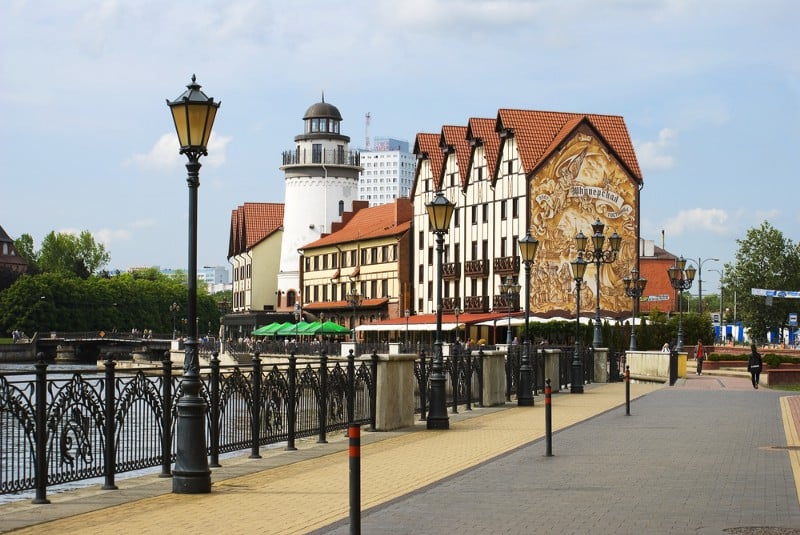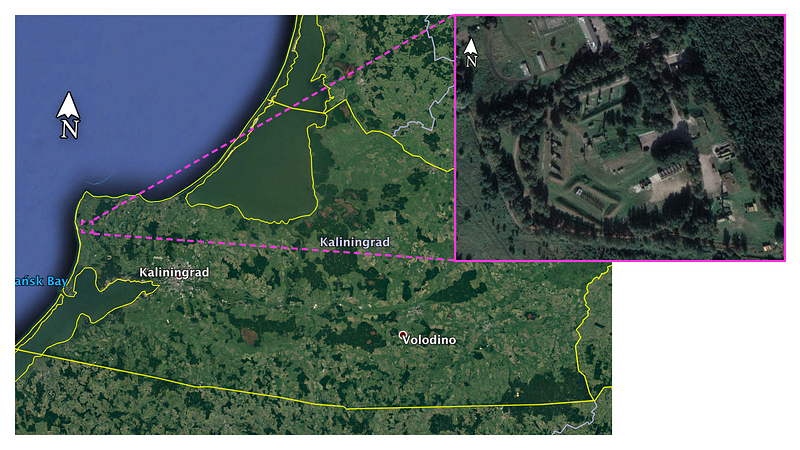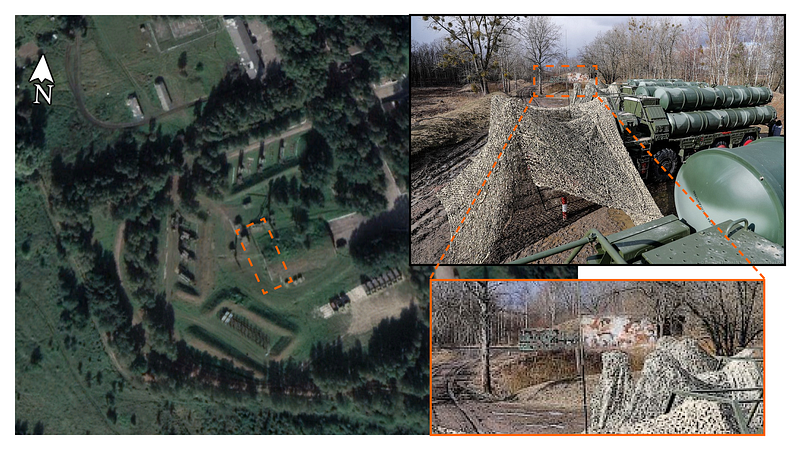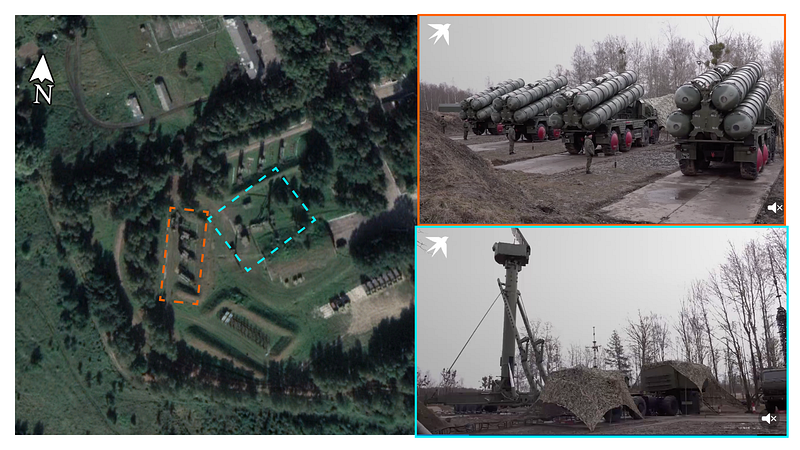
By Lukas Andriukaitis, for Integrity Initiative
Lukas Andriukaitis is Associate Analyst at Vilnius Institute for Policy Analysis and a Digital Forensic Research Associate at Atlantic Council’s Digital Forensic Research Lab:
One of the most frequently used D’s of the Russian 4 D’s of Disinformation is ‘Distract’ — if you are accused of something, accuse someone else of the same thing. This is exactly the narrative that has followed the recent militarisation of Kaliningrad with state-of-the-art area-denial weaponry.
In March 2019, Russia reportedly stationed another unit of S-400 missile systems in Kaliningrad. These systems are considered to be the best anti-aircraft weapons in Russia’s possession. The continuous arming of the tiny Kaliningrad exclave has the goal of challenging NATO and especially US air superiority in the region, rendering it inaccessible for both NATO and Russia. At the same time, Kremlin media try to frame the situation as the result of NATO’s alleged “aggression”.
The aim of these disinformation and propaganda narratives is to justify the Putin regime’s actions in the eyes of foreigners and to rally support domestically.
What happened?
On 5 March 2019, a number of articles surfaced on Russian media websites claiming that Russia was about to send a regiment of S-400 advanced air-defence systems, reportedly capable of engaging targets at ranges of up to 400 km, to the already highly militarized region of Kaliningrad. This was announced soon after Poland announced the purchase of HIMARS mobile rocket launchers in February. On 13 March 2019, Russian media claimed that the S-400s had already been deployed. On 15 March, the first photos allegedly of the deployed S-400s started surfacing. Poland on 28 March announced that it was also buying US Patriot missile defense systems, which users of the Russian VK social network viewed as a justification for the S-400 deployment.
Possible geolocation
We analysed the photos and video that were claimed to show the S-400s in Kaliningrad using geolocation methods. The lack of details did not allow us to conclude with confidence that the systems shown were really S-400. Visual differentiation between the older S-300 and the newer S-400 systems is complicated and can be reliably done only by analyzing the radar equipment supporting the systems. Nonetheless, the geolocation details in the background proved to be sufficient to determine the likely position of these systems.
Our geolocation indicated that the systems shown in a video were likely stationed in the town of Yantarny, Kaliningrad region.

An underground bunker seen in one of the photos published by the New Kaliningrad media outlet coincided with a bunker seen in the military base near Yantarny.

The number of stands used for the systems also coincided with the stands on the west side of the base. The mobile antenna tower is also visible on the satellite imagery.

Due to the limited visual information available, the geolocation cannot be confirmed with full certainty, but the full analysis suggested that the location is likely to be in Yantarny. Furthermore, a reverse image search for both video and photos confirmed that they had not been posted before, so they are likely genuine.
The narrative
One of the most shared articles that appeared on 4 March was based on an interview with a military expert, retired Russian Colonel Viktor Litovkin. He called the stationing of a new S-400 regiment in Kaliningrad a logical decision by Russian Defence Minister Sergei Shoygu. The Baltic Fleet command had reported earlier in the year that the regiment had been delivered by order of the Defence Ministry. Litovkin said Shoygu was actively working to strengthen the defence of Russia’s Baltic outpost. Litovkin said this was necessary to ensure the protection of a strategically important territory. The region is surrounded on all sides by NATO countries — Poland and Lithuania, and behind them, a second echelon of NATO countries: Latvia, Estonia, Norway and Germany.
Litovkin said Russia must be prepared in case NATO at any time tried to cut Kaliningrad off from the rest of Russian Federation by blocking the movement of aircraft and ships.
Litovkin said it was important to recall Poland’s recent purchase of HIMARS missiles systems, to which the new S-400 regiment near Kaliningrad was sent as a response.
However, the region has been undergoing creeping heavy militarization for years, with the latest instances observed on February 2018 and October 2018. This clearly shows the process has very little to do with Poland’s new arms purchases in 2019.
Social media listening tools did not reveal a significant spread of these messages either in Russian or English on the main Western social media platforms. However, a search on VK using the keywords “С-400” (S-400) and “Калининград” (Kaliningrad) revealed that these messages were very prominent on that platform in mid March. VK users praised the deployment and expressed negative sentiment towards NATO. This suggests these messages were intentionally spread in Russian on VK to rally Russian support for the continuing arming of Kaliningrad.
By Lukas Andriukaitis, for Integrity Initiative
Lukas Andriukaitis is associate analyst at Vilnius Institute for Policy Analysis and a Digital Forensic Research Associate at Atlantic Council’s Digital Forensic Research Lab.




